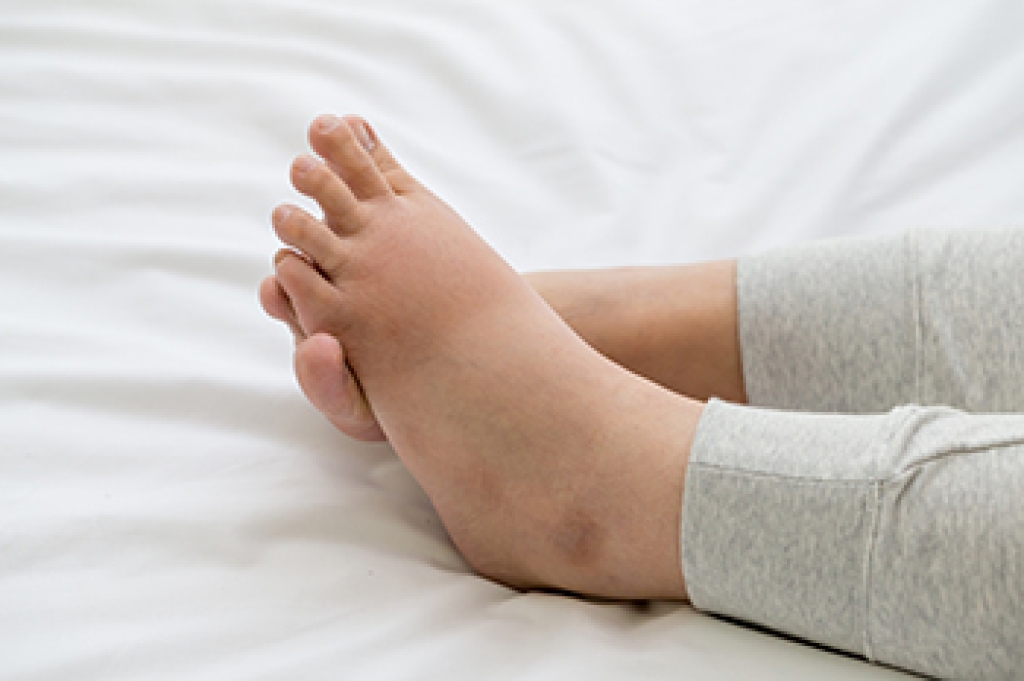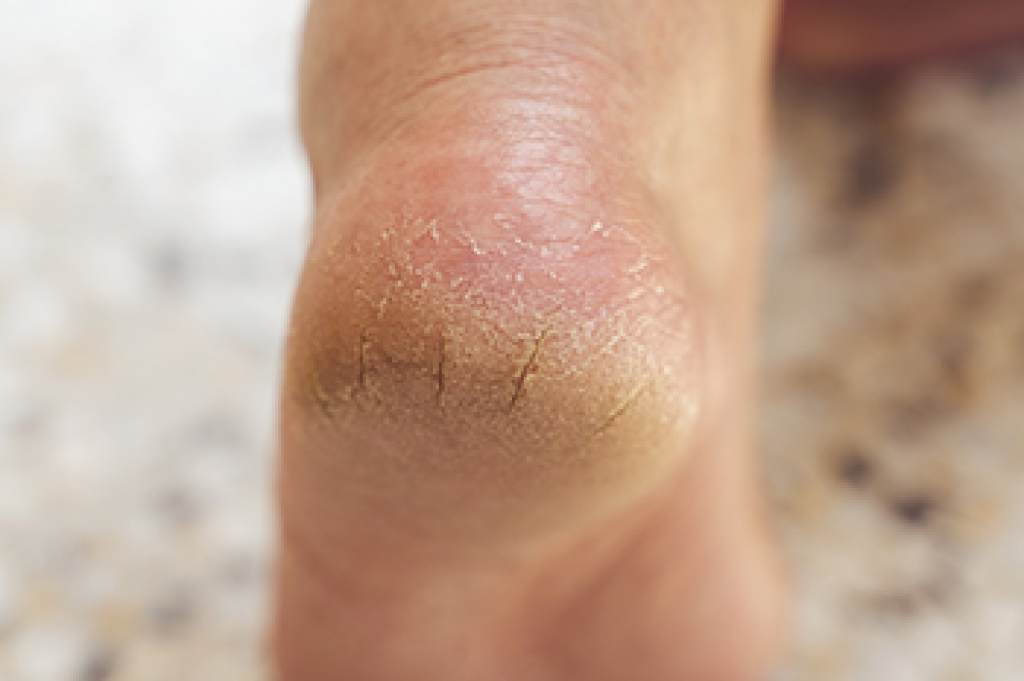
During pregnancy, the extra fluid in the body and the pressure from the growing uterus can cause swelling, or edema, in the ankles and feet. However, there are several strategies to help reduce swelling in the feet. First and foremost, ensure you stay well-hydrated by drinking plenty of water throughout the day to help flush out excess fluids. Elevating your feet whenever possible, especially while resting or sleeping, can aid in reducing swelling by allowing gravity to assist in fluid drainage. Consider wearing compression stockings, which provide gentle pressure to improve circulation and reduce swelling. Engaging in low-impact exercises, such as walking or swimming, can also help improve circulation and alleviate swelling. Avoiding prolonged periods of sitting or standing is important, as it can contribute to fluid retention in the lower extremities. Invest in comfortable, supportive shoes with adequate arch support to further alleviate discomfort. While having swollen feet during pregnancy is common, if problems arise, it is suggested that you make an appointment with a podiatrist for an evaluation and additional treatment options.
Pregnant women with swollen feet can be treated with a variety of different methods that are readily available. For more information about other cures for swollen feet during pregnancy, consult with one of our podiatrists from Lexington Foot and Ankle Center, PSC. Our doctors will attend to all of your foot and ankle needs.
What Foot Problems Can Arise During Pregnancy?
One problem that can occur is overpronation, which occurs when the arch of the foot flattens and tends to roll inward. This can cause pain and discomfort in your heels while you’re walking or even just standing up, trying to support your baby.
Another problem is edema, or swelling in the extremities. This often affects the feet during pregnancy but tends to occur in the later stages.
How Can I Keep My Feet Healthy During Pregnancy?
- Wearing orthotics can provide extra support for the feet and help distribute weight evenly
- Minimize the amount of time spent walking barefoot
- Wear shoes with good arch support
- Wear shoes that allow for good circulation to the feet
- Elevate feet if you experience swelling
- Massage your feet
- Get regular, light exercise, such as walking, to promote blood circulation to the feet
If you have any questions, please feel free to contact our offices located in Harrodsburg, Frankfort, Georgetown, and Lexington, KY . We offer the newest diagnostic and treatment technologies for all your foot care needs.



